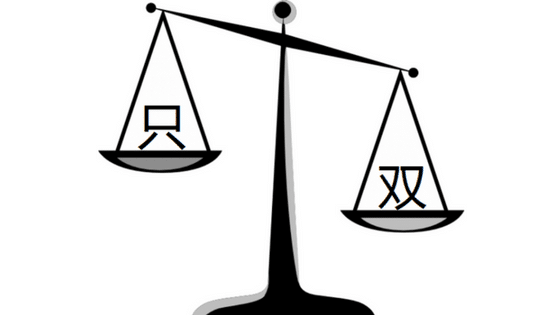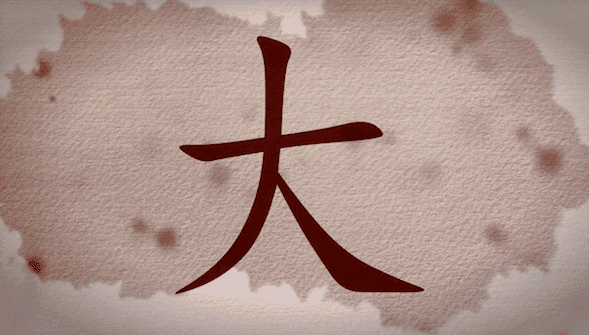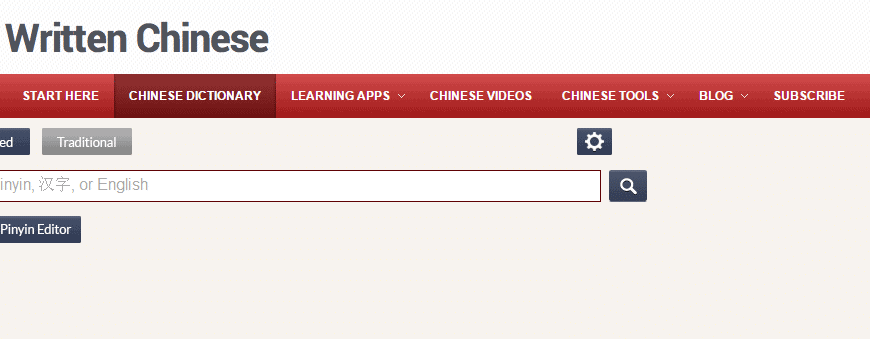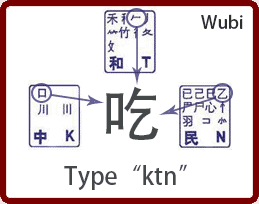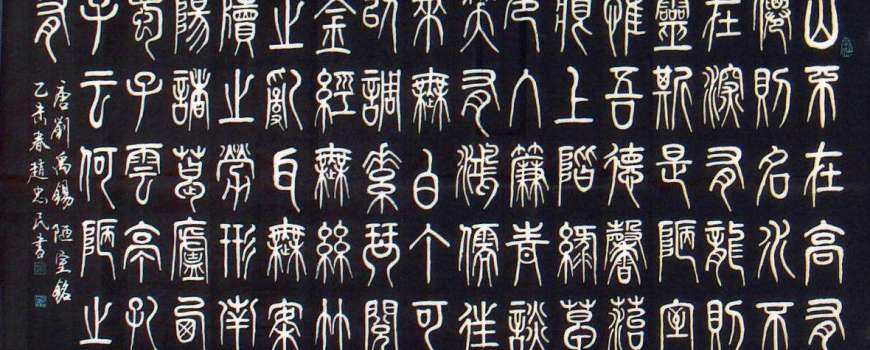Weighing Up Chinese Measure Words
There’s been one area of my Chinese studying that I’ve found pretty confusing, at times quite annoying, but inevitably (once the penny dropped) rather interesting. For me, Chinese measure words became an added challenge when learning an already intriguing language. But it has to be said, they are an essential part of learning Mandarin. As… Read More
